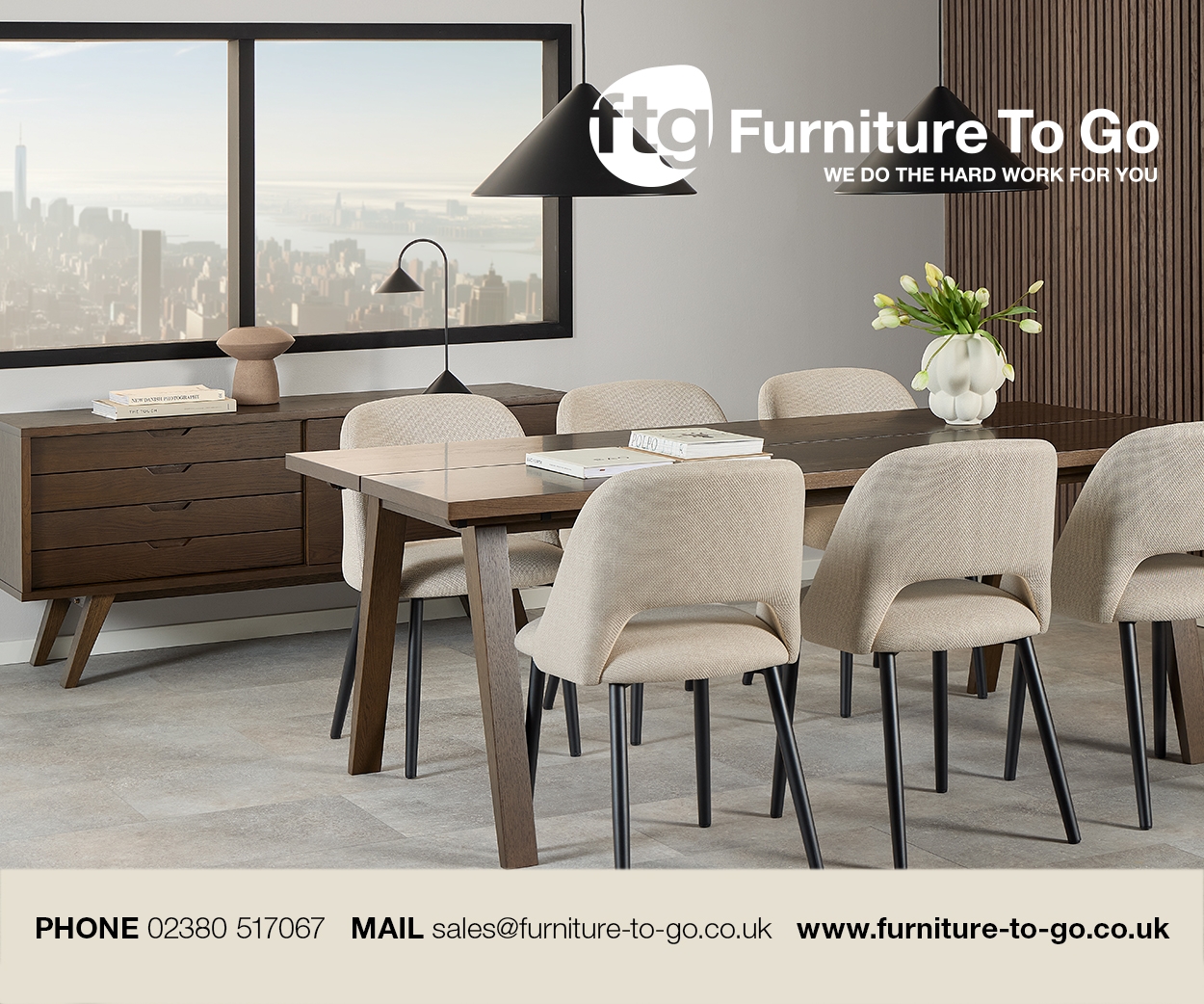In the competitive world of furniture sales, the ability to ask the right questions is crucial, writes industry training specialist, Adam Hankinson (Furniture Sales Solutions).Effective questioning techniques not only help in understanding customer needs, but in building trust and closing sales – and by honing these skills, sales professionals can significantly enhance performance, customer satisfaction, and results …
1. Open-ended questions – initiating dialogue
Open-ended questions are the cornerstone of effective sales conversations. Unlike closed questions that yield yes or no answers, open-ended questions encourage customers to share more about their preferences and needs. For instance, asking, “What kind of furniture are you looking to add to your home?” prompts customers to provide detailed responses about their tastes, lifestyle, and requirements.
This approach helps salespeople gather valuable information that can guide them in recommending suitable products. Additionally, it makes customers feel valued and understood, setting a positive tone for the rest of the interaction.
2. Probing questions – delving deeper
Once the conversation has started, probing questions help to dig deeper into the customer’s needs and desires. Questions such as, “Can you tell me more about the style you prefer?” or, “How do you envision using this space?” allow sales professionals to uncover specific details that might not be immediately apparent.
This deeper understanding can be crucial in matching customers with the perfect piece of furniture. Probing questions also demonstrate a genuine interest in the customer’s unique situation, which can further strengthen the customer-salesperson relationship.
3. Reflective questions – building rapport
Reflective questions show customers that you are actively listening and understanding their concerns. For example, if a customer mentions that they need a durable sofa because they have young children, a reflective question could be, “It sounds like durability is very important to you because of your kids. Is that correct?”
This technique not only confirms your understanding but also builds rapport and trust, as customers feel their needs are being taken seriously. Reflective questions help in creating a more personalised shopping experience, which is highly valued in today’s market.
4. Clarifying questions – ensuring accuracy
Misunderstandings can derail a sale, so it’s important to ask clarifying questions to ensure accuracy. If a customer mentions they want a contemporary style, asking, “When you say contemporary, do you mean minimalist designs with neutral colours?” helps to confirm that both parties are on the same page.
Clarifying questions prevent miscommunication and ensure that the recommendations made align with the customer’s vision. This precision in understanding customer preferences can lead to higher satisfaction and fewer returns or exchanges.
5. Leading questions – guiding decisions
Leading questions subtly guide customers towards a buying decision. These should be used judiciously to avoid coming off as pushy. An example could be, “Many of our customers who love a modern look have found this sectional sofa to be a perfect fit for their living room. How do you think it would look in your space?”
This technique helps customers visualise the product in their home and see its benefits. Leading questions can gently steer the conversation towards a sale while still respecting the customer’s autonomy in the decision-making process.
6. Alternative questions – simplifying choices
When customers are indecisive, alternative questions can simplify the decision-making process. Asking, “Do you prefer the oak finish or the walnut finish for this dining table?” provides a clear choice between two options, making it easier for customers to make a decision. This technique is particularly useful in closing sales, as it directs the conversation towards a conclusion. Offering a limited set of options can prevent customers from feeling overwhelmed, and help them focus on making a final choice.
7. Closing questions – asking for the order
The biggest mistake in sales is not asking for the order. Having a go-to close, or a list of trial closes, is super helpful, and only requires the mechanics of actually asking the questions. How would you like to pay – cash, card, or easy payments? When would you like it delivered? What day is best for you for delivery? We’re in your area on Thursday – does that work for you? So, you’re happy with everything? Shall we do the paperwork? Happy to go ahead? Shall we do it?
Whatever way works for you in style and personality is best, but salespeople often “bottle” the close with, “Here’s all the information you need.” This causes the customer to walk away.
If you’ve ticked the boxes, you’ve earned the right to ask for permission to go ahead.Whatever you do, ask for the order!
Enhancing customer experience
Mastering questioning techniques in sales is essential for understanding customer needs, building rapport, and guiding them towards the right purchase. For sales professionals, these techniques can be tailored to cater to the diverse tastes and preferences found within the market. By asking the right questions at the right time, salespeople can create a positive buying experience, foster customer loyalty, and ultimately, boost sales.
In a market where competition is fierce, the ability to connect with customers on a deeper level through effective questioning is a valuable skill that can set a sales professional apart.












